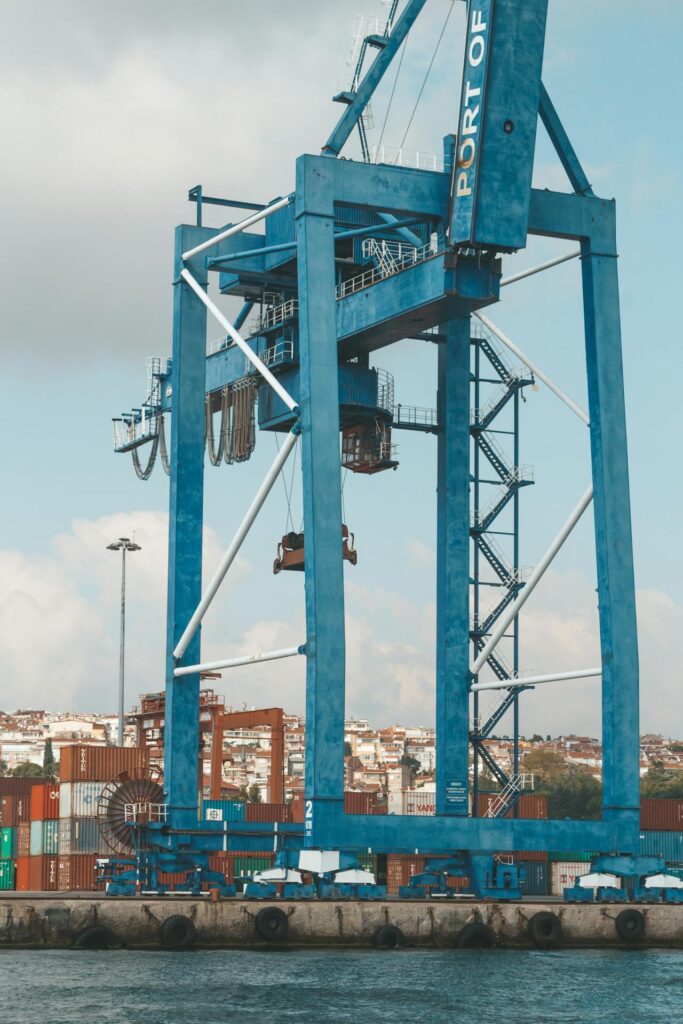Selecting the right shipping container for your needs can be a daunting task, especially with the variety of sizes, types, and conditions available. This guide will help you understand the key factors to consider when choosing a shipping container, ensuring you make the best decision for your specific requirements.
1. Determine the Container’s Purpose
The first step in choosing the right shipping container is to clearly define its intended use. Are you using it for storage, transportation, or a more creative purpose such as a home or office? Knowing the primary function of the container will help you narrow down your options and focus on the features that matter most.
2. Choose the Right Size
Shipping containers come in standard sizes, typically 20-foot and 40-foot lengths. However, there are also other options, such as 10-foot containers and high cube containers, which offer additional height. Consider the amount of space you need and the available space at your site. If you plan to move the container frequently, smaller sizes may be more practical.
3. Decide on New or Used
Both new (one-trip) and used containers are available in the market. New containers are in pristine condition and are ideal for applications where appearance and longevity are important. Used containers, while more affordable, may have signs of wear and tear but are still structurally sound and suitable for many purposes. Inspect used containers thoroughly to ensure they meet your standards.
4. Consider the Container’s Condition
Shipping containers are typically graded based on their condition:
- New (One-Trip): Almost new, used for a single trip.
- Cargo-Worthy (CWO): Structurally sound and suitable for shipping.
- Wind and Watertight (WWT): Ensures protection from elements, good for storage.
- As-Is: May have significant wear, only suitable for specific non-critical uses.
Choose the grade that aligns with your requirements and budget.
5. Inspect for Structural Integrity
Regardless of whether you choose a new or used container, always inspect it for structural integrity. Check for:
- Rust and Corrosion: Minor surface rust is common, but avoid containers with deep corrosion.
- Dents and Damage: Ensure there are no significant dents that compromise structural integrity.
- Doors and Seals: Make sure the doors open and close properly, and the seals are intact to prevent leaks.
6. Evaluate Special Features
Depending on your needs, you might require containers with special features:
- Refrigerated Containers (Reefers): For perishable goods.
- High Cube Containers: Extra height for larger items.
- Open-Top Containers: For oversized cargo that can’t be loaded through doors.
- Double-Door Containers: For easy access from both ends.
7. Plan for Delivery and Placement
Consider the logistics of delivering and placing the container. Ensure there is sufficient access for the delivery truck and a stable, level surface to place the container. If necessary, prepare the site in advance to avoid complications during delivery.
8. Budget Considerations
Finally, consider your budget. While it’s important to get a container that meets your needs, it’s also crucial to stay within your financial limits. Balance the cost with the container’s features and condition to find the best value for your money.
Conclusion
Choosing the right shipping container involves careful consideration of its intended use, size, condition, and special features. By taking the time to evaluate these factors, you can ensure that you select a container that perfectly suits your needs and provides long-term value. If you need assistance or expert advice, the team at Maritime Containers UK is here to help. Contact us today to find the perfect container for your requirements!

